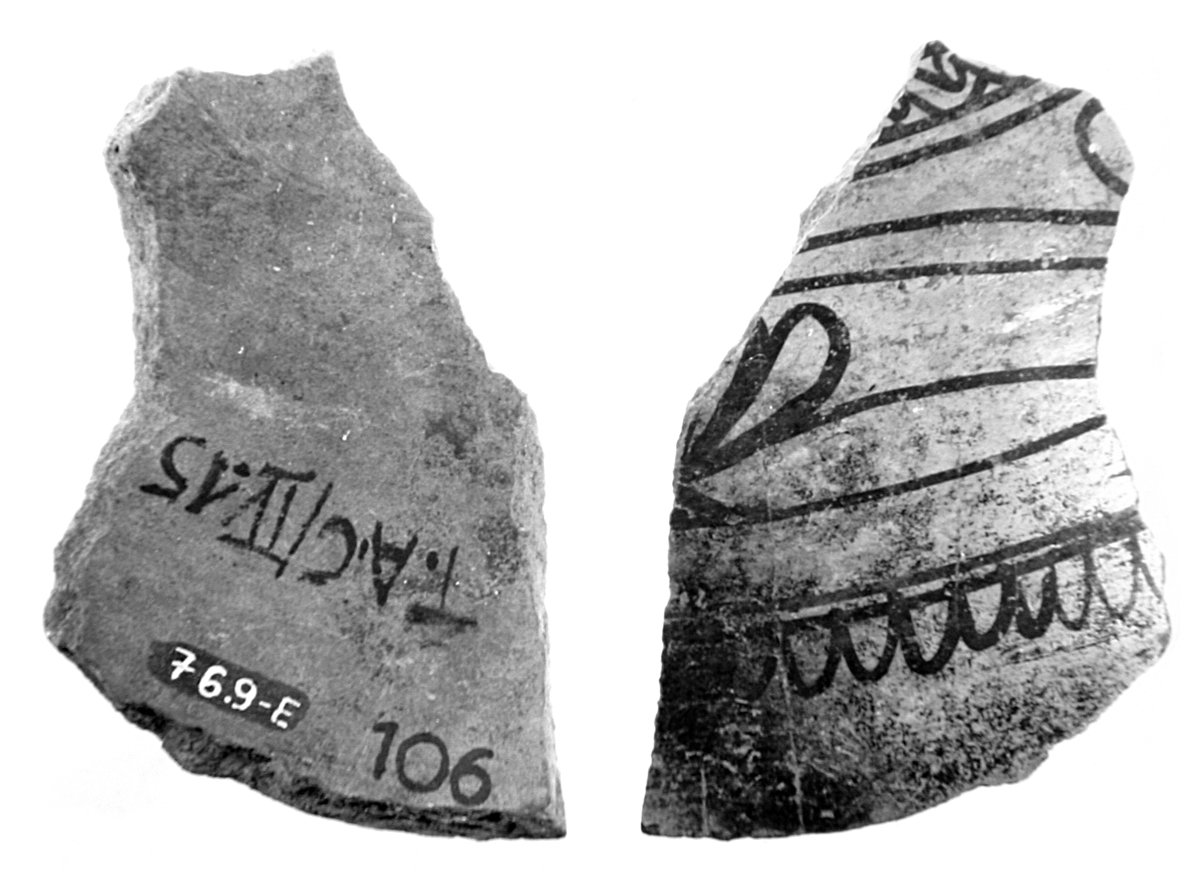
Vessel Fragment
Egyptian Art
| Date | ca. 1539–1077 BC |
|---|---|
| Object type | intaglio and similar objects, scarab, scaraboid, seal |
| Medium, technique | steatite (?) |
| Dimensions | 0.7 × 1.5 × 0.9 cm |
| Inventory number | 52.812 |
| Collection | Egyptian Art |
| On view | This artwork is not on display |
This amulet made of steatite has been carved into the form of a hippopotamus lying on its side. A common motif in ancient tomb paintings, the frequently ferocious hippopotamus, which hid in the swamps bordering the Nile, was associated with fertility and regeneration, similarly to the crocodile, duck, fish, frog, monkey, hedgehog and other animals. The flat underside of this amulet shows a rearing cobra (uraeus) combined with a Seth animal facing right. The name of the god Amun-Re was incised above the back of the animal, and its tail borders the inscription on the left. According to ancient Egyptian beliefs, the names, images or symbols of the gods could endow their wearer with magical powers, which could protect the bodies of mortals during their lifetime or help them on their journey through the netherworld. The piercing through the longitudinal axis of the amulet suggests that it was originally worn on a chain or set in a ring.
This record is subject to revision due to ongoing research.